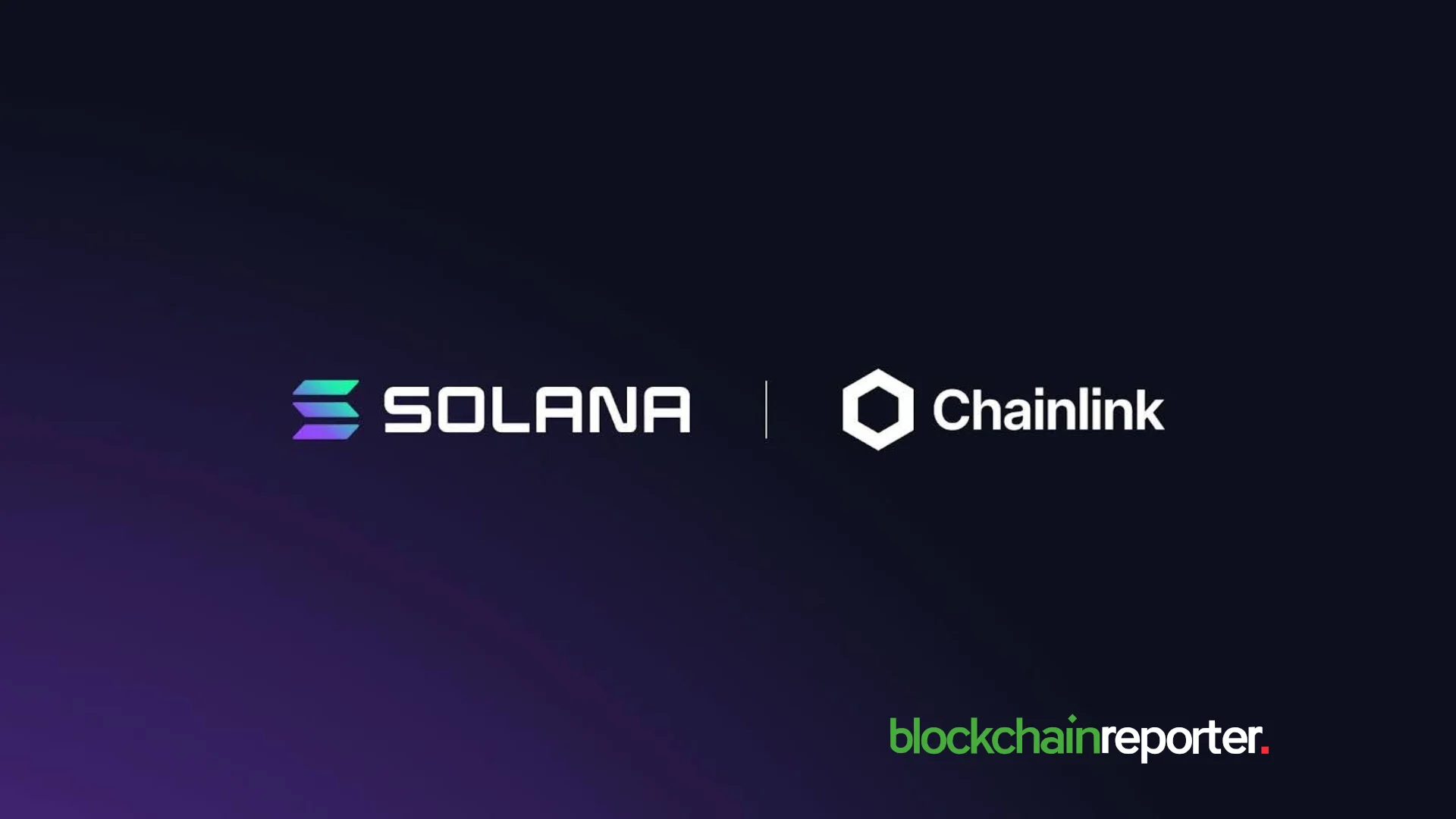How Blockchain Is Changing the Way We Think About Digital Transactions



You’ve probably heard the phrase “blockchain is more than just crypto.” But what does that really mean in practice?
It’s one thing to understand blockchain as a technology. It’s another to see how it’s quietly reshaping how we send, receive, record, and verify digital value, without most people even realising it. Over the past few years, blockchain has moved from a niche concept to an active part of global financial systems, payment infrastructure, and digital asset management.
And we’re not just talking about Bitcoin or speculation. From cross-border payments to real-time trade settlements and tokenised assets, blockchain is redefining what a “transaction” looks like and who gets to control it.
The Shift From Ledgers to Networks
Blockchain is a decentralised ledger. However, instead of one central authority managing it, the ledger is maintained by a network of participants, each with a verified copy.
That sounds technical, but the benefit is pretty straightforward: transactions can be verified, recorded, and secured without relying on a single point of trust.
This changes a few things:
You don’t need a bank or clearinghouse to validate a transaction.
Transactions settle faster, sometimes instantly.
The record is permanent and transparent.
The result? More accountability, faster transfers, and less dependence on intermediaries.
Not Just for Crypto Anymore
The early years of blockchain were closely tied to cryptocurrency. That’s still a huge part of it, but it’s no longer the whole story. Now, governments, financial institutions, and major corporations are building on blockchain in all sorts of ways:
- Payment networks that allow instant cross-border transfers.
- Supply chain tracking that shows exactly where goods come from.
- Digital ID systems to verify identity without data exposure.
- Smart contracts that execute automatically when conditions are met.
This wider use has changed how people interact with blockchain systems and how businesses approach trust and transparency in digital environments.
Why Blockchain Matters in Finance
Financial systems run on trust, timing, and transparency. Blockchain improves all three.
Here’s what that looks like in practice:
| Traditional Transactions | Blockchain-Enabled Transactions |
| Require third-party verification | Peer-to-peer, verified by consensus |
| Can take days to settle (especially cross-border) | Settle in seconds or minutes |
| Data stored in private systems | Public or permissioned, transparent ledgers |
| Records can be changed or disputed | Tamper-resistant once added to the chain |
This is a big reason why blockchain is being used not just for trading crypto, but for reshaping financial infrastructure itself. Platforms built for speed and transparency, such as a cryptocurrency trading platform , now incorporate real-time blockchain data to help traders make faster, more informed decisions. What used to feel experimental now feels expected.
Real-World Examples of Blockchain in Action
To understand the real shift, it helps to look at where blockchain is being used beyond crypto tokens.
- Remittances – Migrant workers sending money home can now use blockchain-based platforms to transfer funds instantly with lower fees than traditional banks
- Trade finance – Large shipments of goods are tracked and verified via smart contracts, reducing fraud and paperwork between buyers and suppliers.
- Digital bonds – Some governments and corporations have begun issuing tokenised bonds on blockchain, offering faster settlement and better transparency for investors.
- Charity and donations – Blockchain-based records are helping donors see exactly how their funds are being used in real time.
The Evolution of Access
Another key development? How people access blockchain-based tools. It’s no longer just developers and crypto enthusiasts. Everyday users now interact with blockchain through apps and platforms that are designed to feel familiar, even if the tech underneath is complex.
That includes platforms offering CFDs on crypto assets, where users can trade price movements without owning the asset directly. A CFD trading app that includes crypto access allows people to speculate on digital asset markets while still using traditional trading interfaces.
It’s a merging of worlds: the infrastructure of decentralisation, delivered through interfaces users already understand.
Regulation – The Wild West Days Are Ending
A few years ago, blockchain’s biggest strength was also its biggest headache. We’re talking the lack of regulation.
That’s changing fast.
Governments and regulators are now putting more structure around blockchain-based assets and platforms. In many regions, exchanges must now comply with KYC (Know Your Customer), AML (Anti-Money Laundering), and licensing rules similar to banks.
This isn’t a bad thing. Regulation has helped stabilise the space and open it up to more serious participants, including financial institutions, who were previously hesitant.
As the dust settles, blockchain’s role in the financial system looks more secure, not less.
What About Energy and Sustainability?
Blockchain, especially in its early proof-of-work form, has been criticised for energy consumption. But things are shifting here too.
Newer consensus models like proof-of-stake and proof-of-authority are significantly more efficient. Many blockchains have moved or are moving to these alternatives to reduce environmental impact.
In short, sustainability is now part of the blockchain conversation, and platforms are adapting.
What’s Next?
Blockchain isn’t replacing the financial system; it’s being woven into it quietly, and in ways that most people won’t even notice. The tech behind blockchain is powering a more open, transparent, and efficient digital economy.
From the platforms we use to trade to the way we send and receive value, the changes are built into the tools people are using every day. If blockchain once felt like a future technology, it doesn’t anymore. It’s already reshaping how digital transactions happen behind the scenes.
FAQs About Blockchain and Digital Transactions
Is blockchain only relevant for crypto trading?
Not at all. While crypto was the first big use case, blockchain is now used for payments, logistics, identity management, and more.
How does blockchain help with security?
Each transaction is encrypted and linked to the one before it, making the ledger tamper-resistant. Once added, records can’t be changed without altering the entire chain.
Do I need to understand blockchain to use it?
No. Most apps and platforms handle the complexity behind the scenes. Users interact with a clean interface, just like any traditional trading or finance app.
Is blockchain actually faster than traditional systems?
In most cases, yes, especially for cross-border transactions. Settlement that takes days in traditional finance can now happen in minutes or less.
Can blockchain be regulated without losing its benefits?
Yes, and it’s already happening. Smart regulation helps protect users without undermining the core strengths of the technology.
Can blockchain reduce the cost of financial transactions?
Yes, in many cases. By cutting out intermediaries and automating processes, blockchain can lower fees, especially for cross-border payments and settlement.
What’s the difference between a public and private blockchain?
A public blockchain is open to anyone (like Bitcoin or Ethereum), while a private blockchain is restricted to approved users, often used by banks or businesses for internal use cases.
Is blockchain the same as cryptocurrency?
Not quite. Blockchain is the technology that powers cryptocurrencies, but it can be used for much more, like supply chains, digital identity, and smart contracts.
Can blockchain be integrated with existing financial systems?
Yes. Many institutions are already integrating blockchain alongside traditional systems, using it to improve speed, transparency, and efficiency without needing to replace their entire infrastructure.

Chainlink CCIP Goes Live on Solana, Unlocking $17B+ for DeFi Growth
Chainlink’s CCIP v1.6 is live on Solana, enabling secure cross-chain transfers of over $17B in asset...

How to Make Over $30K a Month with RichMiner’s BTC Cloud Mining Platform
Earn over $30K/month with RichMiner’s BTC cloud mining in 2025. No hardware needed, daily payouts, a...

Binance Unveils Xterio ($XTER) Airdrop to Reward Eligible Alpha Users
As per the announcement, to be capable of taking part in the Xterrio $XTER event, the consumers must...

